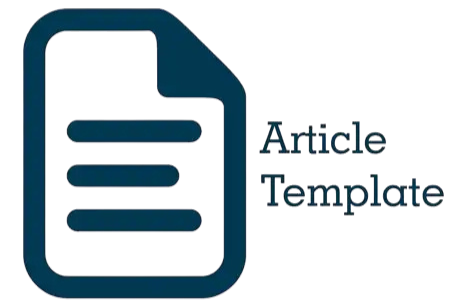Pemberdayaan Peternak melalui Pembuatan Biogas sebagai Solusi Limbah Kotoran Ayam Ras Petelur
DOI:
https://doi.org/10.21580/dms.2019.192.5137Keywords:
Biogas, Kotoran Ayam, PemberdayaanAbstract
The business of laying hens is a business sector that provides a very large role in meeting the needs of animal protein and various industrial needs. This role cannot be replaced by vegetable protein sources. According to partners besides having great opportunities and benefits, laying hens also have problems, one of which is chicken manure. Mr. Hakim has tried several ways to remove the odor, such as raising the foundation of the cage so that it is not submerged by rainwater, spreading lime powder, and spraying EM4 liquid directly into chicken manure. But apparently not effective at reducing odors. One of the technical recommendations is the making of Biogas as an alternative energy source producing fuel substitutes for LPG gas, firewood, lighting and organic fertilizer. The results of community service activities to date have been the availability of biogas as an alternative energy producer for the use of biogas stoves and petromax lamps, as well as increased partner knowledge about biogas.
Usaha sektor peternakan ayam ras petelur merupakan bidang usaha yang memberikan peranan sangat besar dalam pemenuhan kebutuhan protein hewani dan berbagai keperluan industri. Peranan ini tidak dapat di gantikan oleh sumber protein nabati. Menurut mitra disamping memiliki peluang dan manfaat yang besar, peternakan ayam ras petelur juga memiliki permasalahan salah satunya yaitu kotoran ayam tersebut. Bapak Hakim sudah mencoba beberapa cara untuk menghilangkan bau tersebut seperti, meninggikan pondasi kandang agar tidak terendam air hujan, menebar serbuk kapur, serta menyemprot cairan EM4 langsung ke kotoran ayam. Namun ternyata belum efektif mengurangi bau. Salah satu rekomendasi teknis adalah pembuatan Biogas sebagai salah satu sumber energi alternatif penghasil bahan bakar pengganti gas LPG, kayu bakar, penerangan dan pupuk organik. Hasil kegiatan pengabdian sampai saat ini adalah tersedianya biogas sebagai penghasil energi alternatif untuk pemakaian kompor biogas dan lampu petromak, serta peningkatan pengetahuan mitra tentang biogas yang meningkat.
Downloads
References
Anonim. 2018. Konsumsi Telur Ayam Ras Diprediksi Mencapai 1,72 Juta Ton Pada 2021. (Online) https://databoks.katadata.co.id/datapublish/2018/07/27/konsumsi-telur-ayam-ras-diprediksi-mencapai-172-juta-ton-pada-2021 diakses 25 Agustus 2018
Badan Litbang Pertanian. 2011. Biogas Pembuatan Konstruksi, Operasional Dan Pemeliharaan Instalasinya. Jurnal Agroinovasi Edisi 1-7 (3408)
Hartini Erni. 2018. Reaktor Biogas. (Online) http://www.biru.or.id/index.php/digester/ diakses 25 Agustus 2018
Purwaningsih Dyah Listyo. 2014. Peternakan Ayam Ras Petelur Di Kota Singkawang. Jurnal online mahasiswa Arsitektur Universitas Tanjungpura. 2 (2), 78-88
Rahayu Ade Sri, dkk. 2015. Buku Panduan: Konversi POME Menjadi Biogas Pengembangan Proyek di Indonesia. Winrock International
Sulistiyanto dkk, 2016. Pemanfaatan Kotoran Sapi Sebagai Sumber Biogas Rumah Tangga di Kabupaten Pulang Pisau Provinsi Kalimantan Tengah. Jurnal Udayana Mengabdi, 15 (2), 150-158
Suyitno, dkk. 2010. Teknologi Biogas Pembuatan, Operasional, Dan Pemanfaatan. Yogyakarta: Graha Ilmu
Downloads
Published
Issue
Section
License
Copyright
The copyright of the received article shall be assigned to the journal as the publisher of the journal. The intended copyright includes the right to publish the article in various forms (including reprints). The journal maintains the publishing rights to the published articles. Therefore, the author must submit a statement of the Copyright Transfer Agreement.*)
Licensing

This work is licensed under a Creative Commons Attribution-ShareAlike 4.0 International License.
In line with the license, authors are allowed to share and adapt the material. In addition, the material must be given appropriate credit, provided with a link to the license, and indicated if changes were made. If authors remix, transform or build upon the material, authors must distribute their contributions under the same license as the original.
_______
*) Authors whose articles are accepted for publication will receive confirmation via email and send a Copyright Transfer Agreement.









